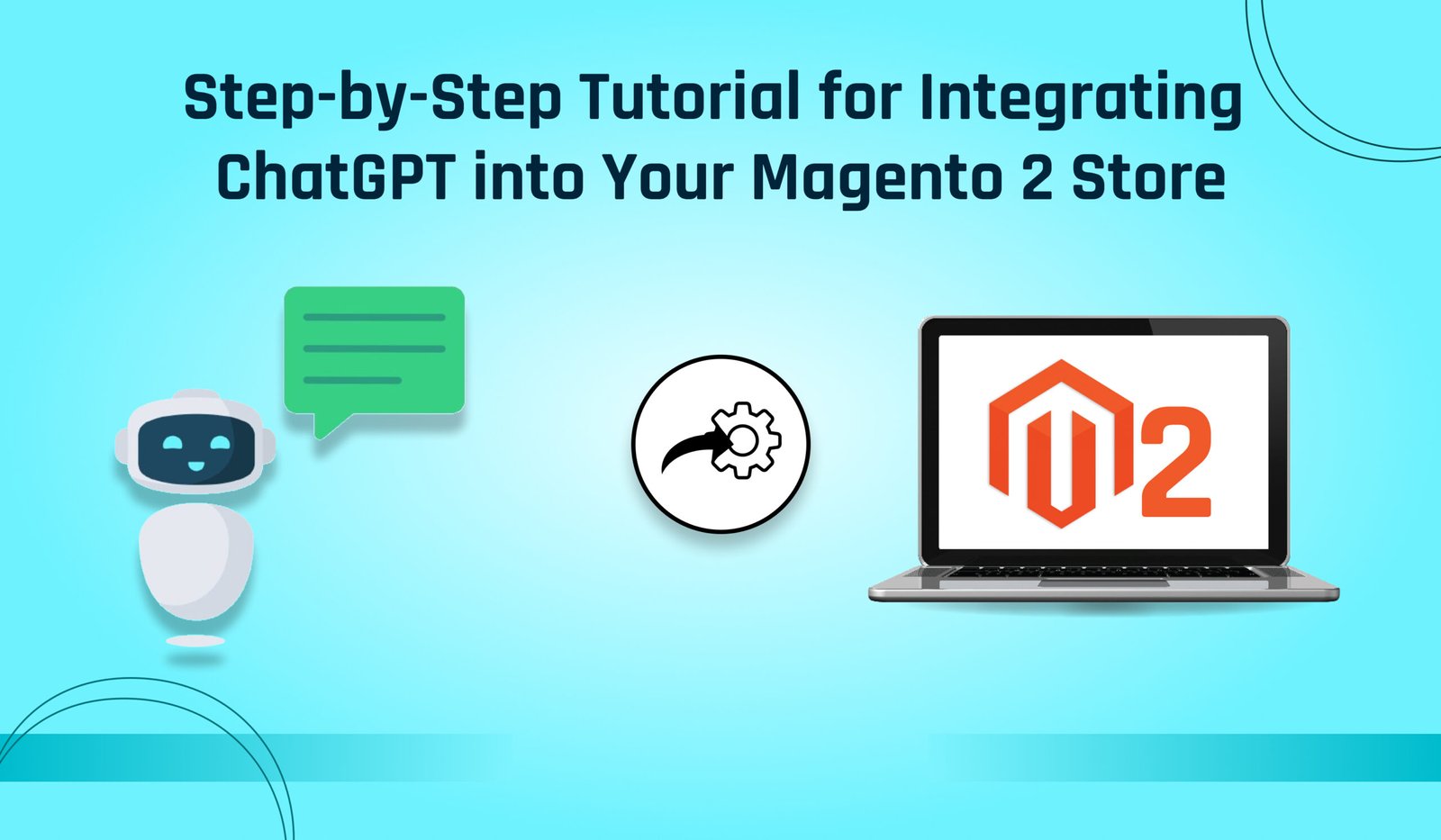
Why Integrate ChatGPT into Magento 2?
In the rapidly advancing world of e-commerce, enhancing customer engagement is critical for success. Magento 2 is a powerful platform for online stores, offering extensive customization and functionality. By integrating ChatGPT, an advanced AI developed by OpenAI, you can further elevate the shopping experience. ChatGPT leverages machine language to provide intelligent, conversational responses, making it an invaluable tool for improving customer service. This tutorial will guide you through the process of integrating ChatGPT into your Magento 2 store, ensuring you can leverage its capabilities to better interact with your customers.
Prerequisites: Preparing for Integration
Before you start integrating ChatGPT into your Magento 2 store, ensure you have the following:
- Magento 2 Store: Your Magento 2 store should be up and running.
- API Key: Obtain an API key from OpenAI to access ChatGPT.
- Basic Knowledge: Familiarity with Magento 2, PHP, and basic web development principles is beneficial.
With these prerequisites in place, you are ready to move forward with the integration process.
1. Create a Custom Magento 2 Module
Creating a custom module is the first step in integrating ChatGPT. This module will act as a bridge between your Magento store and the ChatGPT API.
- Directory Structure: To create a custom module, begin by setting up the necessary directory structure in your Magento installation. Navigate to the `app/code` directory and create a new directory for your module, typically named `YourCompany_ChatGPT`. This structure will house all the components of your module.
- Module Configuration: Inside the newly created directory, configure your module by creating essential files that define and register your module with Magento. These files will include configuration settings and registration information necessary for Magento to recognize and activate your module.
2. Set Up API Integration
With the module structure in place, the next step is to set up integration with the ChatGPT API. This involves creating a helper class responsible for sending requests to and receiving responses from the ChatGPT API.
- Helper Class: The helper class will contain methods to interact with the ChatGPT API. It will handle the HTTP requests and manage API responses. Ensure that your class includes functionality to authenticate with the API using your API key and format requests correctly to get responses from ChatGPT.
3. Create the Controller for Handling Requests
The controller acts as an intermediary between the user’s requests and the ChatGPT API. It processes incoming requests from the frontend, retrieves responses from the ChatGPT API, and sends these responses back to the frontend.
- Controller Setup: Create a controller that listens for requests on a specific route. This controller will utilize the helper class to interact with ChatGPT and format the response for return to the user. The controller setup ensures that your Magento store can communicate effectively with the ChatGPT service.
4. Define Routes for Your Module
Defining routes is crucial for making your controller accessible through specific URLs. Magento’s routing system needs to be configured to map the URL path to your controller.
- Routes Configuration: Create a routing configuration file to define the URL path that will trigger your controller. This configuration ensures that when users visit the designated URL, the Magento framework directs the request to your ChatGPT integration logic.
5. Implement the Frontend Interface
With the backend components set up, focus on the frontend interface where users will interact with ChatGPT. This interface includes a user-friendly design that allows users to input messages and receive responses.
- Frontend Layout and Template: Create a layout XML file to structure how the chat interface appears on the frontend. Develop a template file that includes HTML and JavaScript to handle user input and display ChatGPT responses. The frontend interface should be intuitive, allowing users to easily engage with the AI.
6. Deploy and Test Your Integration
After setting up your module, API integration, and frontend interface, it’s time to deploy and test the integration.
- Deployment: Deploy your changes by running Magento’s setup and static content deployment commands. This process ensures that all new files and configurations are properly applied to your Magento store.
- Testing: Clear Magento’s cache to ensure your changes are reflected. Navigate to the designated URL to test the chat functionality. Verify that messages are sent to ChatGPT and that responses are correctly displayed to users. Testing is crucial to confirm that the integration works as expected and provides a smooth user experience.
By following this comprehensive guide, you will successfully integrate ChatGPT into your Magento 2 store. This integration enhances customer interactions using advanced artificial intelligence and machine language, contributing to a more engaging and responsive e-commerce environment.


